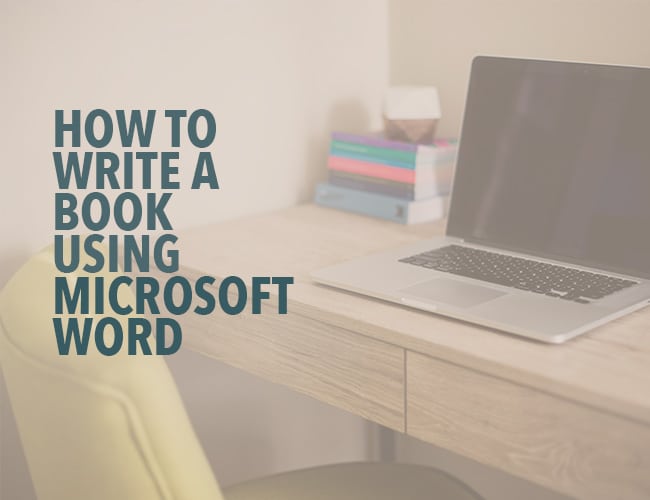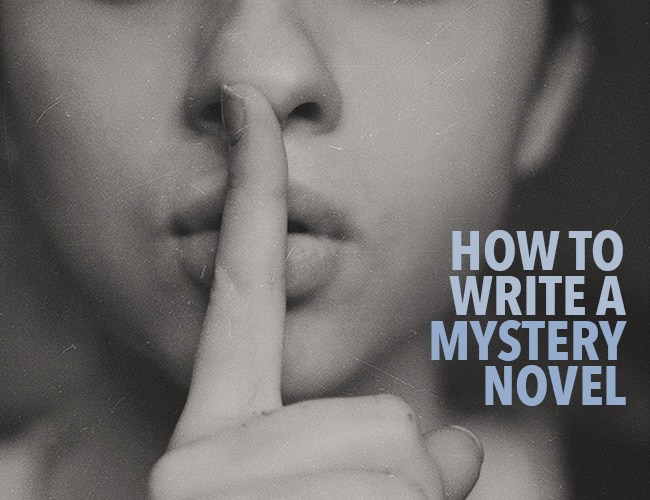It appears some things are starting to hit the fan down in Georgia. MyGolfSpy has learned that Bridgestone Golf CEO Angel Iligan has been dismissed from his position. In addition, we hear other changes may be forthcoming as Bridgestone's bread and butter ball business has lost market share this year, falling to 4th place (behind TaylorMade) in balls sales.
Bridgestone announced the move in a prepared statement last evening:
"Bridgestone Golf and its President and Chief Executive Officer, Angel Iligan, have made a mutual decision to part ways. The company greatly appreciates the energy he put into leading Bridgestone Golf over the past two years, and wishes him well in future endeavors. An immediate search is underway to identify a new leader who will help carry Bridgestone Golf's recent momentum forward."
In corporate speak, a mutual decision to part ways, especially without a permanent successor in place, suggests an upper management team less than enamored with recent North American performance and an immediate need to change leadership and direction. It's a polite way of saying you're fired.
Dropping to 4th in balls, despite Tiger's early season performance, can't be sugar-coated.
Iligan has been Bridgestone's head man since 2016. He brought Tiger into the fold in December of that year and has also signed Lexi Thompson and Bryson DeChambeau to ball deals. Iligan has been a vocal supporter of rolling back golf ball performance, at least on the professional level, making Bridgestone the only ball company we're aware of in favor of a rollback. Earlier this year, Bridgestone reported 2017 as a record-setting year for both balls sales and profits, although industry insiders have countered that while Bridgestone may have, in fact, set a record for actual balls sold, those balls were sold at heavy discounts, meaning actual dollar sales were down and the company, in fact, lost money.
Likewise, Bridgestone's golf equipment business has remained non-existent during Ilagan's tenure. The two-year-old premium Tour B line, originally sold exclusively through fitters, is now being sold on the company's website. Bridgestone has also introduced several limited edition clubs for sale online only, including a forged driving iron and a premium priced boxed set - an idea that's been met with plenty of both eye rolls and skepticism. Bridgestone remains firmly in the Other category when it comes to equipment market share.
What Does It Mean?
Changes at the top are sometimes planned, but when sales, profitability, and bread and butter market share are all trending downward, the corporate sphincter tends to tighten. When those trends continue, changes are inevitable. Given the current climate, Iligan's ouster may not be surprising, but making such a move without a replacement ready is, at the very least, curious. Bridgestone bills itself as a golf ball company first and foremost, so losing ground to TaylorMade had to be particularly galling.
In reality, golf gall sales are all about reach and marketing. Titleist, of course, leads the league in reach. It's the #1 Ball in Golf, has extensive tour staff and a death grip on pro shop sales. Callaway backs its Chrome Soft franchise with top-notch marketing that's helped fuel its rise to number two in market share. It's still a distant second, but Callaway's continues to grow while Titleist's overall market share has dropped below 50%. TaylorMade has elbowed its way into the 3rd position with a decent combination of both reach and marketing prowess.
Bridgestone? It certainly has ball street cred, but it can't claim the same level of industry reach as Titliest, whose stranglehold on green grass makes life difficult for everyone else. And unlike its three key competitors (and challenger brands like Wilson Staff and Srixon), Bridgestone doesn't have strong equipment sales or promotion to buoy its ball sales. Despite using Tiger this season, and spending on advertising and on select Tour staff, Bridgestone's needle is moving in the wrong direction.
Bridgestone's market share drop also brings into further question Tiger's ability to driver equipment sales in any meaningful way. We know Tiger sells shoes and apparel, but the Nike experiment shows the man who is arguably the world's most recognizable athlete may do little to sell hard goods. Despite Tiger's strong early season, the You're Back There ad campaign may be the most ironic in recent memory.
Where Does Bridgestone Go Now?
If the rumblings are correct, Iligan's ouster may be the first move in an overall Bridgestone reboot. Globally, Bridgestone is a $32-billion-dollar behemoth, and is a major player in the Asian golf market. Struggles in the UK prompted a withdrawal from that market several years ago (Bridgestone is only now re-entering the UK), and while a similar withdrawal from the North American ball market is highly unlikely, getting out of the equipment business wouldn't come as a surprise. Bridgestone's golf club market share is negligible and despite considerable effort over the past two years, the company hasn't demonstrated an ability to improve its position through either product innovation or effective marketing.
Bridgestone made its bones in the ball business via its extensive ball fitting program. While you can argue whether ball fitting with a driver is ideal way to determine which ball is for you, you can't argue with the program's effectiveness. For years it was the only ball-fitting game in town and it's important to note that, as Bridgestone's market share has dropped, we've also seen fewer actual live Bridgestone ball fittings in the real world. That can't be a coincidence.
Bridgestone's current position serves as an interesting business lesson. There are some very talented people working at Bridgestone, and the company makes exceptional golf balls and quality forged irons. But for whatever reason, the formula in North America isn't working. Offering good products is one thing, but without effective marketing and distribution strategies it doesn't really matter how good your stuff is; you're going to struggle.
We get that the kneejerk reaction out there will be Bridgestone should simply cut prices - that way they'll sell more. Well, that's essentially what the company did last year with its extensive Buy 2, Get 1 Free promotion - it moved a lot of golf balls, which is important. Smart Business 101, however, says moving fewer golf balls profitably beats moving more golf balls unprofitably every day of the week.
It will be fascinating to watch how Bridgestone navigates its way through the second half of 2018 and beyond, and to see what kinds of additional changes, if any, are coming. We do know that Bridgestone Sports Senior Officer and Bridgestone Golf Chairman Shigeru Nakayama will return to Covington to serve as Acting President/CEO while the company looks for a permanent replacement. Whoever is chosen will have a tall task in front of them.
from MyGolfSpy https://ift.tt/2J4MI0w


























 I visited the area courtesy of North East Wales Tourism. Their website
I visited the area courtesy of North East Wales Tourism. Their website 